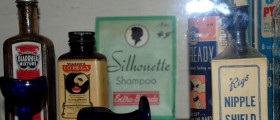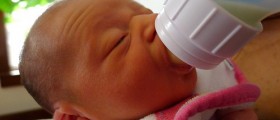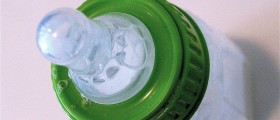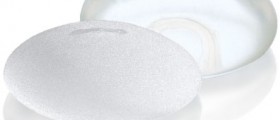
Blocked duct is a problem that is often confused with an inflammatory condition called mastitis, since both involve milk ducts in breasts.
In this case, there is a lump in the breast and the breast itself is slightly swollen, red and tender to touch. Even though it is called blocked duct, the duct itself is not blocked, but the tissue surrounding it swells and presses on it. True duct blocks are relatively rare and they affect women who have been breastfeeding for a while. One of its signs is a small white spot at the end of the duct, on the nipple.
Blocked or inflamed ducts are caused by the back-up of milk in the breasts. This usually happens when the breastfeeding is not done properly or if the baby does not drain all the milk from the breast. If the milk is produced faster than it is spent, it becomes forced out of the duct into the breast tissue. It results in swelling, redness, tenderness and warm skin in the affected breast.
If the inflammation progresses and the duct remains blocked, it may cause mastitis, which, in addition to the symptoms of a blocked duct, also causes fever, fatigue and malaise.
Treatment for blocked milk duct
One of the basic steps in prevention and treatment of all problems regarding milk ducts is to make sure the baby is latching well. The position and the angle of the baby’s mouth against the breast are also very important. If the baby is feeding well, the milk will flow normally through the ducts.
When one or more milk ducts are blocked, it may hurt to even touch the breast, not to mention to breastfeed. However, it is very important to feed the baby anyway. If the milk remains in the breast, the problem will only become worse.
Blocked milk ducts may become an even bigger problem if the baby does not want to be fed or if he or she only takes a little milk. All of the milk produced in the breast must evacuate, and if the baby does not want to eat, then it is necessary to use a breast pump to express the milk. There are two main types of pumps, hand pump and electric pump. Electric pump seems to be more efficient. Each breast should be pumped until there is no more milk or until the flow slows down significantly.
In order to alleviate the pain, swelling and redness, over-the-counter pain killers, such as ibuprofen, can be taken. Applying warm or cold compresses also helps.















Your thoughts on this
Loading...